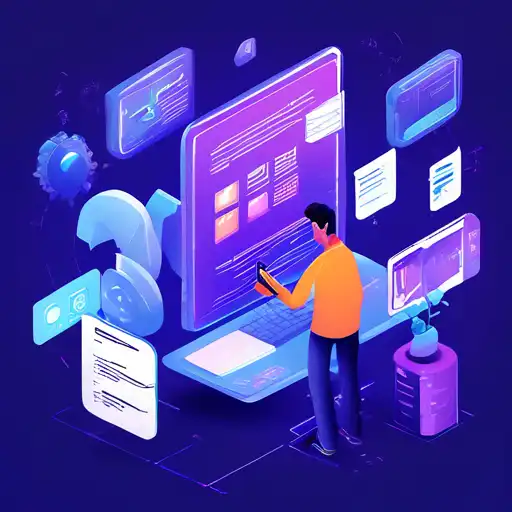Introduction to Web Development Trends in 2023
As we step into 2023, the landscape of web development continues to evolve at a rapid pace. Staying ahead of the curve requires a keen eye on the emerging trends that are shaping the future of the web. This article delves into the most significant web development trends to watch in 2023, offering insights into how they can impact your projects and strategies.
Progressive Web Apps (PWAs) Gain More Ground
Progressive Web Apps (PWAs) are not new, but their adoption is expected to skyrocket in 2023. Combining the best of web and mobile apps, PWAs offer offline capabilities, fast loading times, and an app-like experience. Businesses looking to enhance user engagement and reduce development costs will find PWAs an attractive option.
AI and Machine Learning Integration
Artificial Intelligence (AI) and Machine Learning (ML) are becoming increasingly integral to web development. From personalized user experiences to advanced data analysis, AI and ML can significantly enhance website functionality. Expect to see more websites incorporating AI-powered chatbots, voice search optimization, and automated content generation in 2023.
WebAssembly for High-Performance Applications
WebAssembly is set to revolutionize web development by enabling high-performance applications to run in the browser. This technology allows developers to write code in languages like C++ and Rust, which is then compiled to run at near-native speed. WebAssembly is particularly beneficial for gaming, video editing, and other intensive applications on the web.
Enhanced Focus on Web Accessibility
Web accessibility is no longer an afterthought but a priority. In 2023, expect stricter compliance with WCAG guidelines as developers strive to make the web inclusive for all users. This includes better keyboard navigation, screen reader compatibility, and the use of ARIA (Accessible Rich Internet Applications) labels.
Serverless Architecture Continues to Rise
Serverless architecture is gaining popularity for its scalability, cost-efficiency, and reduced server management. By leveraging cloud services, developers can focus on writing code without worrying about infrastructure. This trend is particularly appealing for startups and enterprises looking to optimize resources.
Conclusion
The web development landscape in 2023 is brimming with innovations that promise to enhance efficiency, user experience, and accessibility. From PWAs and AI integration to WebAssembly and serverless architecture, staying informed about these trends is crucial for developers and businesses alike. Embracing these advancements will not only keep you competitive but also pave the way for creating more dynamic, user-friendly web applications.
